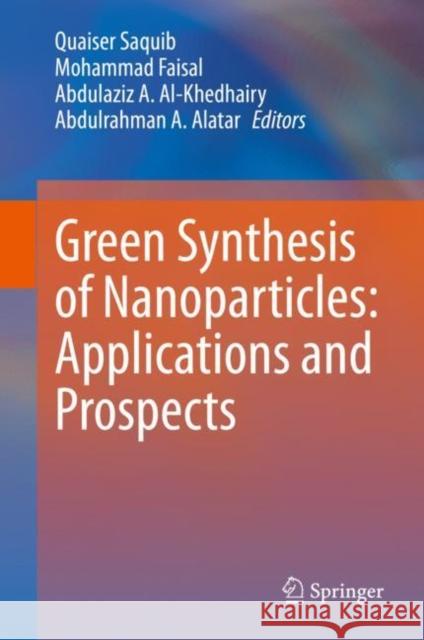Green Synthesis of Nanoparticles: Applications and Prospects » książka
topmenu
Green Synthesis of Nanoparticles: Applications and Prospects
ISBN-13: 9789811551789 / Angielski / Twarda / 2020 / 316 str.
Green Synthesis of Nanoparticles: Applications and Prospects
ISBN-13: 9789811551789 / Angielski / Twarda / 2020 / 316 str.
cena 925,87
(netto: 881,78 VAT: 5%)
Najniższa cena z 30 dni: 886,75
(netto: 881,78 VAT: 5%)
Najniższa cena z 30 dni: 886,75
Termin realizacji zamówienia:
ok. 22 dni roboczych
Dostawa w 2026 r.
ok. 22 dni roboczych
Dostawa w 2026 r.
Darmowa dostawa!
Kategorie BISAC:
Wydawca:
Springer
Język:
Angielski
ISBN-13:
9789811551789
Rok wydania:
2020
Wydanie:
2020
Ilość stron:
316
Waga:
0.59 kg
Wymiary:
23.95 x 16.48 x 1.73
Oprawa:
Twarda
Wolumenów:
01











